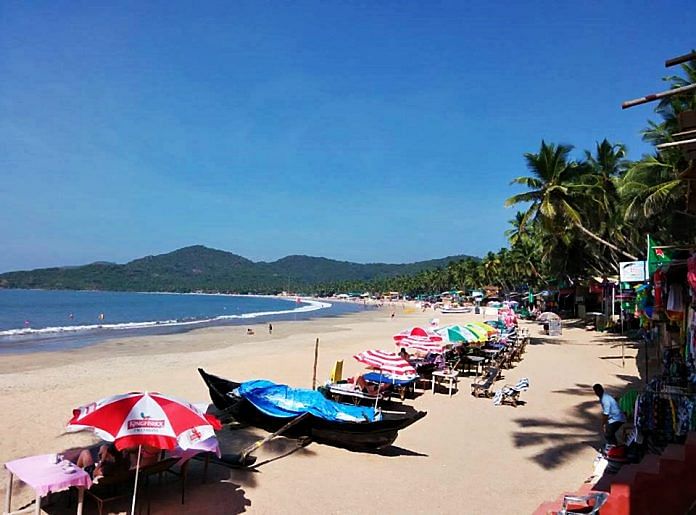Union Cabinet approves new Coastal Regulation Zone notification, which is aimed at rejuvenating coastal areas, while preserving ecology.
New Delhi: The Union Cabinet Friday allowed India’s coasts to be made more accessible to tourism and industrial infrastructure by approving the Coastal Regulation Zone (CRZ) Notification, 2018. It was last reviewed and issued in 2011 with periodic amendments to some clauses.
The approved notification will enhance activities in coastal regions, thereby promoting economic growth while also respecting the conservation principles of these regions, tweeted Sitanshu Kar, principal spokesperson, Government of India.
The Coastal Regulation Zone (2011) Notification, under which the buildings, tourism facilities, industrial projects and residential facilities in India’s 7,000-km-long shoreline were highly regulated, and floor space index (FSI) and floor area ratio had been frozen at 1991 development control regulation levels, has now been amended.
The Cabinet has decided to defreeze the same and permit FSI for construction projects as prevailing on the date of notification.
The ministry of environment, forest and climate change had received representations from various coastal states/UTs, besides other stakeholders, for a comprehensive review of the provisions of the CRZ notification, 2011, particularly with regard to the management and conservation of marine and coastal eco-systems, development in coastal areas, eco-tourism, livelihood option and sustainable development of coastal communities.
The new notification
The 2018 CRZ notification has sub-divided regions, with varying leeway for infrastructure development, depending on population and ecological sensitivity.
Densely populated rural areas will be afforded greater opportunity for development. For CRZ-III (rural) areas, two separate categories have now been stipulated, including CRZ-III A and CRZ-III B.
Under CRZ-III A are densely populated rural areas with a population density of 2,161 per square kilometre as per the 2011 census. Such areas will have no-development zone of 50 metres from the high tide line as against 200 metres from the high tide line stipulated in the 2011 CRZ notification since such areas have similar characteristics as urban areas.
Under CRZ-III B are rural areas with a population density of below 2,161 per square kilometre as per the 2011 census. Such areas will continue to have a no-development zone of 200 metres from the high tide line.
Also read: BMC’s mangrove math helps Mumbai beat Modi govt’s green diktat
Tourism promotion
Temporary tourism facilities such as shacks, toilet blocks, changing rooms and drinking water facilities have now been permitted on beaches. Such facilities will also be permissible in the no-development zone of the CRZ-III areas. However, a minimum distance of 10 metres from high tide line will have to be maintained.
On the landward side of such roads in the no-development zone, resorts/hotels and other tourism facilities have also been proposed to be permitted subject to the regulations of the concerned state.
CRZ clearances streamlined
The procedure for CRZ clearances has been streamlined. Only projects and activities located in CRZ-I (ecologically sensitive areas) and CRZ-IV (area covered between low tide line and 12 nautical miles seaward) shall be dealt with for CRZ clearance by the ministry. The clearance power for CRZ-II and III have been delegated at the state level with necessary guidance.
For islands close to the mainland, in wake of space limitations, a no-development zone of 20 metres has been stipulated.
To address pollution in coastal areas, treatment facilities have been made permissible in CRZ-I B areas, subject to necessary safeguards.






